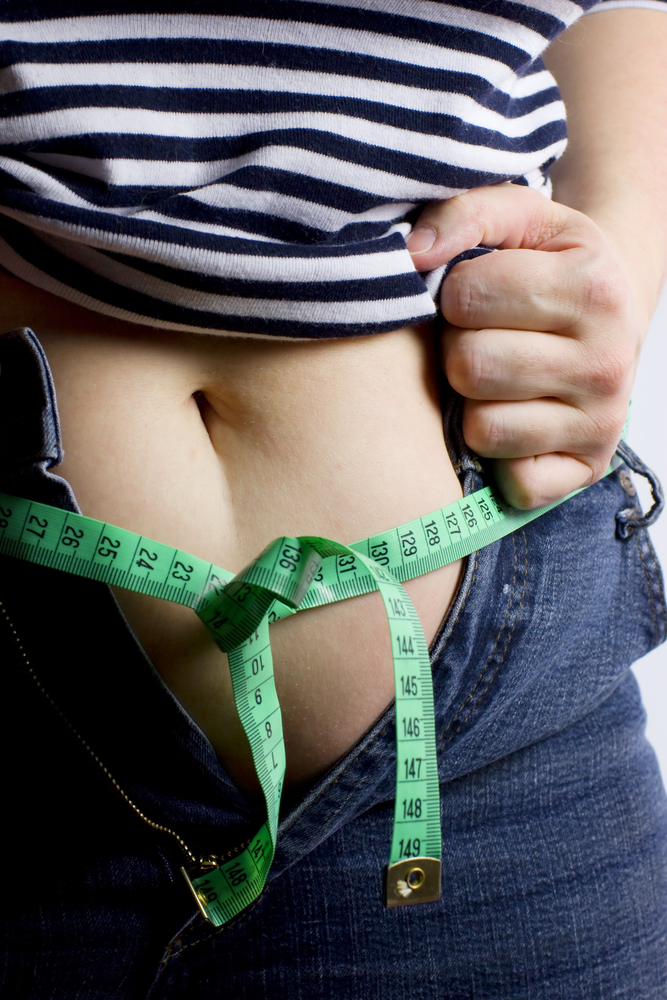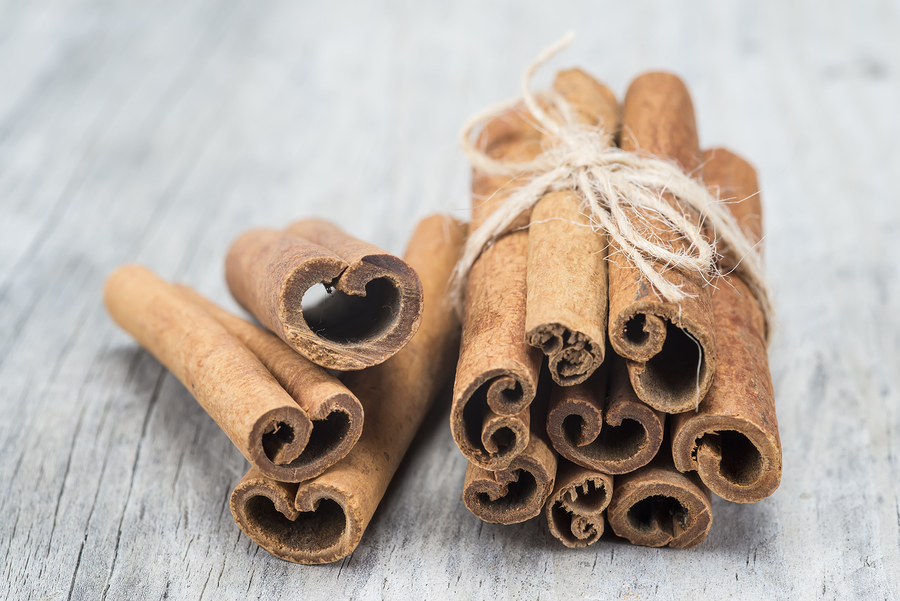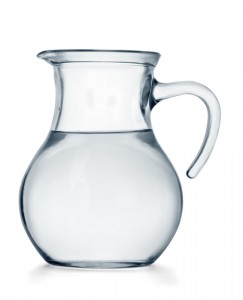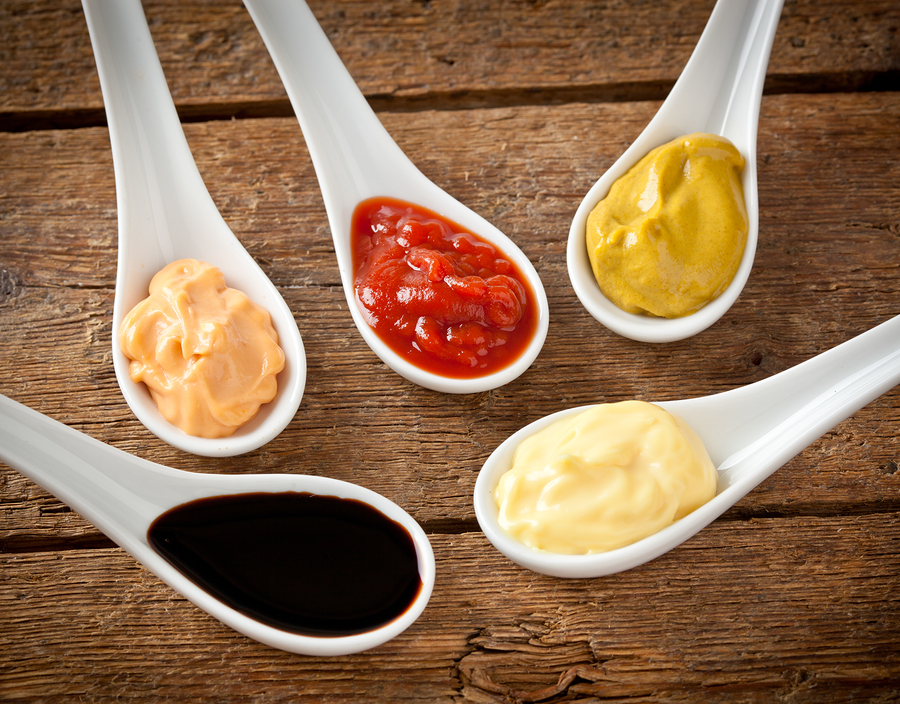The white stuff hidden in everyday foods and could be the secret reason you’re putting on weight. Here’s exactly how to spot it and simple ways to cut down
First, what do you eat in a typical day? Cereal for breakfast, soup and juice at lunch, a mid-afternoon cereal bar, pasta with chilli salsa and yoghurt for supper? Believe it or not, that could contain around 60-80 teaspoons of sugar. That’s because an overload of sugar is found not only in cakes, chocolates and treats but also lurking in pasta sauces, ketchups, canned vegetables, beans and even pre-packaged soups.
In fact, a Which? study found some ready meals contained as much sugar as ice-cream. Why is this a problem? According to a growing band of doctors and dieticians the excess sugar in our diets – both overt and covert – is making us overweight and may be a contributing factor in mood issues and skin wrinkling as well as increasing our risks of heart disease and Type-2 diabetes. So convinced are experts of such links that in February last year a report signed by almost a thousand British doctors called for a 20p a litre tax on sugary drinks!

How sugar makes you fat
Sugar provides a quick burst of energy, says Dr Alex Richardson, senior research fellow at the Centre for Evidence-Based Intervention at the University of Oxford. This lasts around half an hour before blood sugar drops again leading to cravings for more sugar which is how sugar makes us eat more. ‘Excess sugar not burned off is stored as fat,’ explains Dr Richardson. ‘The pancreas must release insulin in response to high sugar foods,’ she explains. ‘Constant insulin spikes can lead to ‘insulin resistance’ which can become Type-2 diabetes as well as obesity and heart problems,’ she says.
How much is too much?
We consume around 20 teaspoons of sugar a day, about twice what the British Dietetic Association (BDA) says we should which is around ten teaspoons (or 50 grams). ‘That doesn’t even count sugar from fruit and adds up quickly because many sugars are hidden in foods where we least expect them,’ says Lucy Turnbull state-registered dietician and spokesperson for the BDA.
How hidden sugar adds up in everyday foods:
- Canned corn ½ teaspoon per 100g
- Ketchup just under 1 teaspoon per tablespoon
- Baked beans 1-2 teaspoons per half can
- Savoury crackers 3 teaspoons per 100 g – about four crackers
- Fruit flavoured yoghurt drink (Yop) 15 teaspoons per 250ml bottle
Why do we crave it?
Here’s why it’s so hard to stop at one chunk of that Galaxy bar. Sugar is a feel good substance, says nutritionist Sarah Bowles Flannery. Astonishingly, research at Princeton University has shown it releases a brain neurotransmitter called dopamine – often called the brain’s ‘pleasure chemical’ – that travels the same brain pathways as cocaine!
3 ways to spot hidden sugars
1. Read the back ‘Compare brands and look at sugars per 100g on labels,’ advises Lucy Turnbull. ‘15 grams or more per 100 grams is a high sugar food and five grams of sugar per 100 grams or less is a low sugar food’.
2. Know sugar’s aliases Sugar can be disguised as anything ending in –ose, says Turnbull. ‘For example maltose, dextrose and fructose are all sugars.’ It may also be listedas molasses, treacle, high-fructose corn syrup and maldodextrin. ‘Honey, brown sugar and most syrups, even agave nectar that is often touted as a healthy alternative are all sugars,’ says Turnbull.
3. Spot sneaky listing ‘If sugar is in the top three ingredients, that’s a high sugar food,’ says Turnbull. ‘But manufacturers sometimes sneakily list sugar in different forms on labels to trick people, which is why what ultimately matters is that ‘per 100g’ listing’. See number one.
What about alternatives?
SWEETENERS Try stevia, a calorie-free sweetener that comes made from a plant. ‘For baking and celebratory times stevia appears to be a safe alternative that doesn’t spike blood sugar,’ says naturopath Sarah Bowles Flannery. From supermarkets.
CHEWING GUM Those sweetened with xylitol have been shown to decrease the build up of plaque and tooth decay and are endorsed by the British Dental Foundation as safe and effective (watch out for wind if you have too much).
CONDIMENTS ‘If you love condiments, low sugar alternatives to ketchups and brown sauces include are horseradish, mustard and mint sauce,’ says Lucy Turnbull.
Ready-made salad dressings can be high in sugar so make your own with ingredients such as lemon or lime, mustard, olive or sesame oil, chilli powder and soy sauce.
DIET DRINKS ‘They contain no sugar but can enhance sugar cravings by keeping you in a cycle of wanting that sugar taste fix throughout the day. It can keep the sugar habit alive within your taste buds.’
6 Practical ways to slash your sugar intake from nutritionist Sarah Bowles-Flannery
Add cinnamon Shown in trials to help keep blood sugar even it could help keep cravings at bay. Add cinnamon to plain yoghurt and fruit or porridge for breakfast to keep your cravings at bay during the day.

Have protein at every meal Have a little protein such as eggs, nuts, seeds, lean meats and poultry, soya products, tahini or nut butters at breakfast, lunch and dinner and in two snacks mid-morning and mid-afternoon to maintain your blood sugar.

Get snack happy If you know your weak spot for sweet cravings is 5pm, schedule a healthy snack for one hour before that to stop the massive blood sugar crash that causes you to crave sweets in its tracks. A small handful raw almonds or walnuts and a piece of fresh fruit or a teaspoon sugar-free peanut, hazelnut, cashew or almond butter on an oatcake would do the trick.
Take Vitamin C It can help regular sugar cravings. Mix a teaspoon of the powder with water half an hour before you normally get your craving. Try Biocare Vitamin C powder £21.20 from amazon
Take a 15 minute walk A study published in the journal Appetite from Exeter University found regular chocolate eaters who went for a daily 15 minute walk during their work day halved the amount of chocolate they ate, even when doing stressful jobs.
RELATED HEALTHISTA VIDEOS:
Sugar hidden in ‘healthy’ drinks
Sugar hidden in ‘healthy’ foods
How to give up sugar and lose weight
Like this article? Sign up to our newsletter to get more articles like this delivered straight to your inbox.





















































